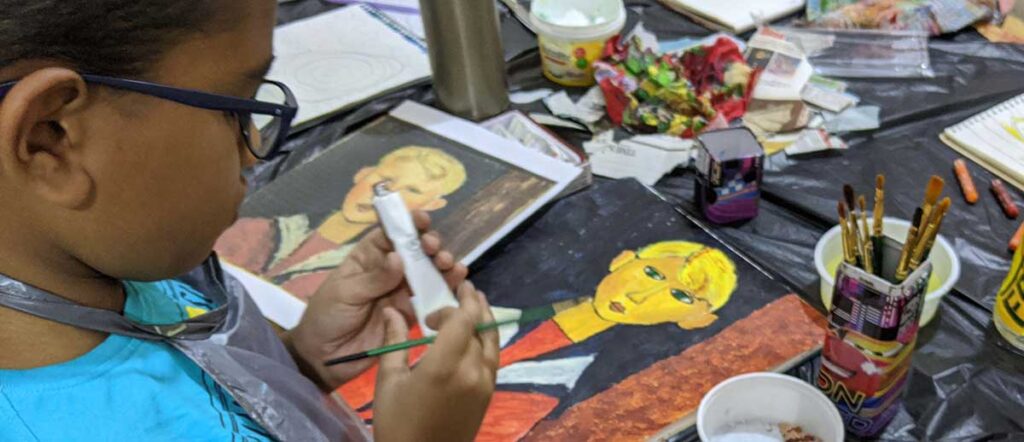Art education is a critical aspect of a well-rounded education, and it provides students with a wide range of benefits that extend beyond the classroom. One of the most important aspects of art education is learning to appreciate art, which involves developing a deeper understanding and appreciation of art forms, styles, techniques, and the role they play in society. Similarly, recopy work is a valuable technique used by art teachers to help students develop their technical skills, gain insights into the creative process of the masters, and enhance their own artistic practice.

Both recopy work and art appreciation play an essential role in art education and can help students develop a wide range of skills and abilities. Recopy work allows students to practice techniques, develop their technical skills, and learn from the masters. Art appreciation, on the other hand, involves examining and interpreting different works of art and understanding their social, cultural, and historical context. By combining both techniques, students can enhance their understanding of art and develop a deeper appreciation for its significance and power. In the following sections, we will explore these concepts in more detail and discuss the importance of recopy work and art appreciation in art education.
What is Recopy Work and Why Art Teachers Teach It?
Recopy work is a technique used by art teachers to help students develop their skills and learn from the masters. It involves copying an existing work of art, either by hand or using digital tools, to replicate the composition, color, and brushwork of the original piece. The purpose of recopy work is not to create an exact replica but to learn from the techniques used by the original artist and apply them in the student’s own work.
Recopy work helps students develop their technical skills, such as brushwork, shading, and color mixing. By copying an existing work of art, students can observe the techniques used by the original artist and apply them to their own work. It also allows students to learn from the masters and study their techniques. By studying the works of great artists, students can gain insights into their creative process and apply these techniques to their own work.
Benefits of Recopy Work
Developing Technical Skills: Recopy work helps students develop their technical skills, such as brushwork, shading, and color mixing. By copying an existing work of art, students can observe the techniques used by the original artist and apply them to their own work.
Learning from the Masters: Recopy work allows students to learn from the masters and study their techniques. By studying the works of great artists, students can gain insights into their creative process and apply these techniques to their own work.
Enhancing Creativity: Recopy work can help enhance students’ creativity by exposing them to different styles and techniques. By studying a variety of works, students can develop their own unique style and voice.
Developing Attention to Detail: Recopy work requires students to pay close attention to the details of the original work. By observing and replicating the composition, brushwork, and color, students can develop their attention to detail, a critical skill in art and other fields.
Building Confidence: Recopy work can help students build confidence in their skills and abilities. By successfully replicating an existing work of art, students can gain a sense of accomplishment and motivation to continue developing their skills.
Why Learning Art Appreciation is Important in Art Education?
Learning to appreciate art is important for students’ development because it helps them understand and interpret the world around them. Art is a reflection of society, culture, and history. By learning to appreciate art, students can gain a better understanding of these aspects and their impact on the world. Appreciating art also helps students develop critical thinking skills, as they learn to analyze and interpret different works of art.
Art appreciation can also enhance students’ creativity. By exposing them to different styles, techniques, and mediums, students can broaden their artistic vocabulary and develop their own unique style and voice. It also helps students develop empathy and emotional intelligence, as art can evoke powerful emotions and connect people across different cultures and backgrounds.
In Conclusion Recopy work and learning to appreciate art are both essential components of art education. Recopy work helps students develop their technical skills and learn from the masters, while art appreciation helps students understand and interpret the world around them and enhance their creativity. As art education continues to evolve, it is important to emphasize the value of recopy work and art appreciation for students’ development. By doing so, we can foster a deeper appreciation and understanding of the role of art in society and the power of creativity to shape our world.


